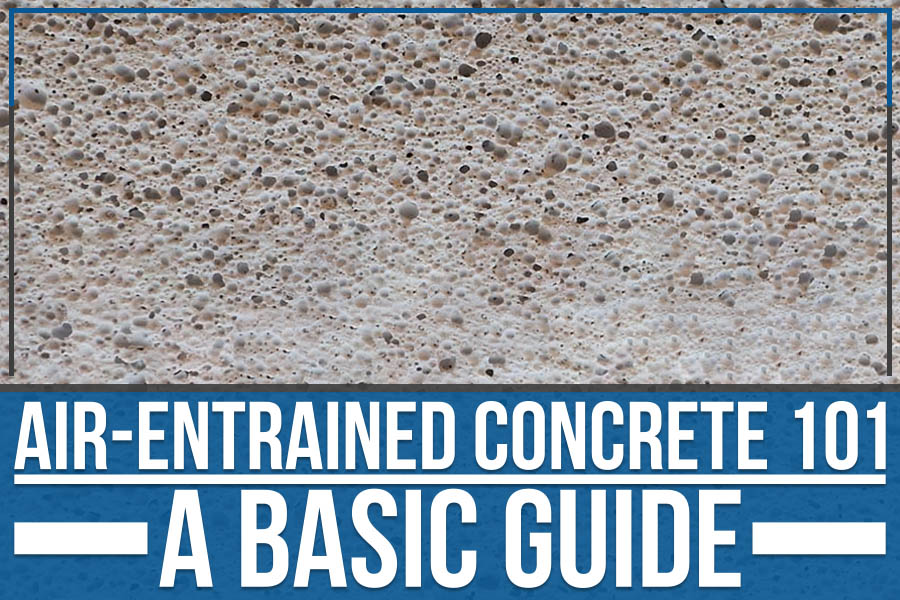
There’s a reason air-entrained concrete is specified so often for construction projects – it has a lot of advantages over traditional, non-air-entrained concrete. In this blog, Bay Country Contractors will discuss all this particular type of concrete, including some benefits of air-entrained concrete.
What is Air-Entrained Concrete?
Air-entrained concrete contains tiny air bubbles. These air bubbles serve as “stress relievers” and help increase the concrete’s durability. The entrained air makes the concrete more workable, so contractors like to use it in construction projects.
How is Air-Entrained Concrete Made?
Air-entrainment is the process of adding tiny air bubbles to concrete. The process involves adding an air-entraining agent to the concrete mix. The volume of entrained air will depend on the type of air-entraining agent used and the amount added. There are different pressure and volumetric methods to test the amount of air content in the concrete mixture before pouring.
Applications of Air-Entrained Concrete.
Air-entrained concrete is commonly used in sidewalk and driveway construction. Air-entrained concrete is often used in dams, bridges, tunnels, and road construction. This type of concrete can be called reinforced concrete and has the same uses as standard concrete. Its best application is in areas with freezing conditions, like can be seen in the state of Virginia, USA.
Uses of Air-Entrained Concrete.
Air-entrained concrete has many benefits that make it desirable for construction projects.
1. Resistance to Freezing/Thaw Cycle – One of the most significant advantages is that it is less likely to crack in freezing temperatures. In negative temperatures, concrete can deteriorate faster than intended. The air bubbles in the concrete act as tiny freeze-thaw chambers, increasing the concrete’s resistance to the freeze/thaw cycle.
2. Increased Workability and Finishing Quality – The entrained air also makes this type of concrete more workable, which leads to a better finish. The workability of concrete refers to it being easier to manipulate, place, and compact.
3. Increased Durability – This type of concrete is more durable owing to the fact that it is more resistant to freezing temperatures and is easier to work with.
4. Water Resistant – It should be no surprise that air-entrained concrete is more resistant to water. The air bubbles increase the porosity of the concrete, which helps it resist water intrusion.
5. Reduced Bleeding – Bleeding is the process in which water rises to the surface of the concrete. The bleeding water can lead to a weaker finished product. By entrapping air in the concrete, bleeding lessens.
6. Increased Resistance to Chemicals – Air entrained concrete is also more resistant to chemicals. The increased porosity helps to protect the concrete from damage by chemicals.
7. Lightweight and Economical – Air entrained concrete is also lighter weight than traditional concrete. The lightweight concrete can be an advantage in some construction projects. It is also more economical due to the reduced amount of material needed.
Bay Country Contractors are experts in providing concrete paving, repair, and maintenance services in the Fredericksburg, VA area. Contact us with your queries or get a free estimate!



